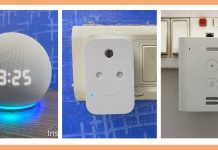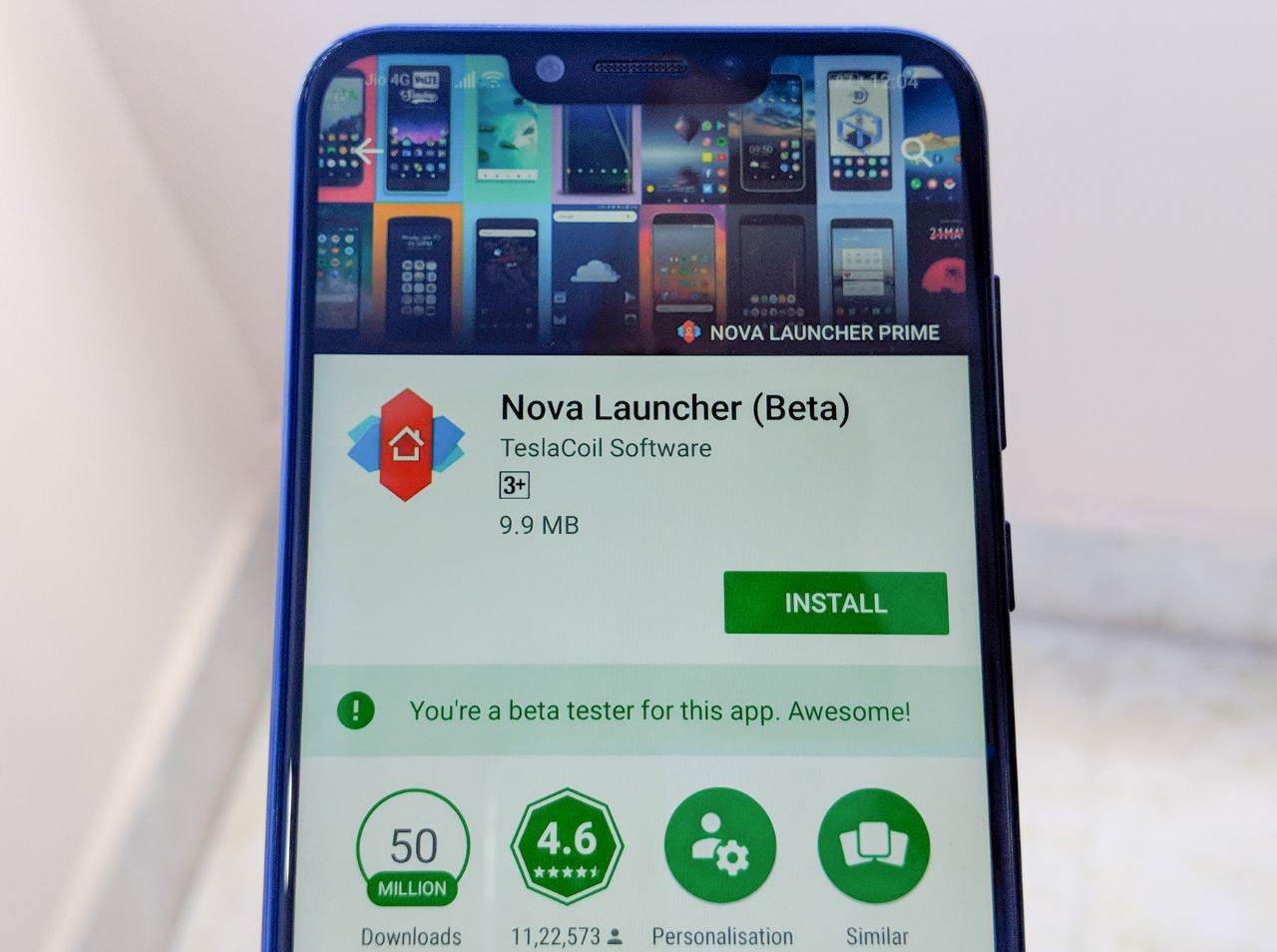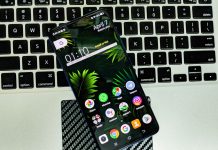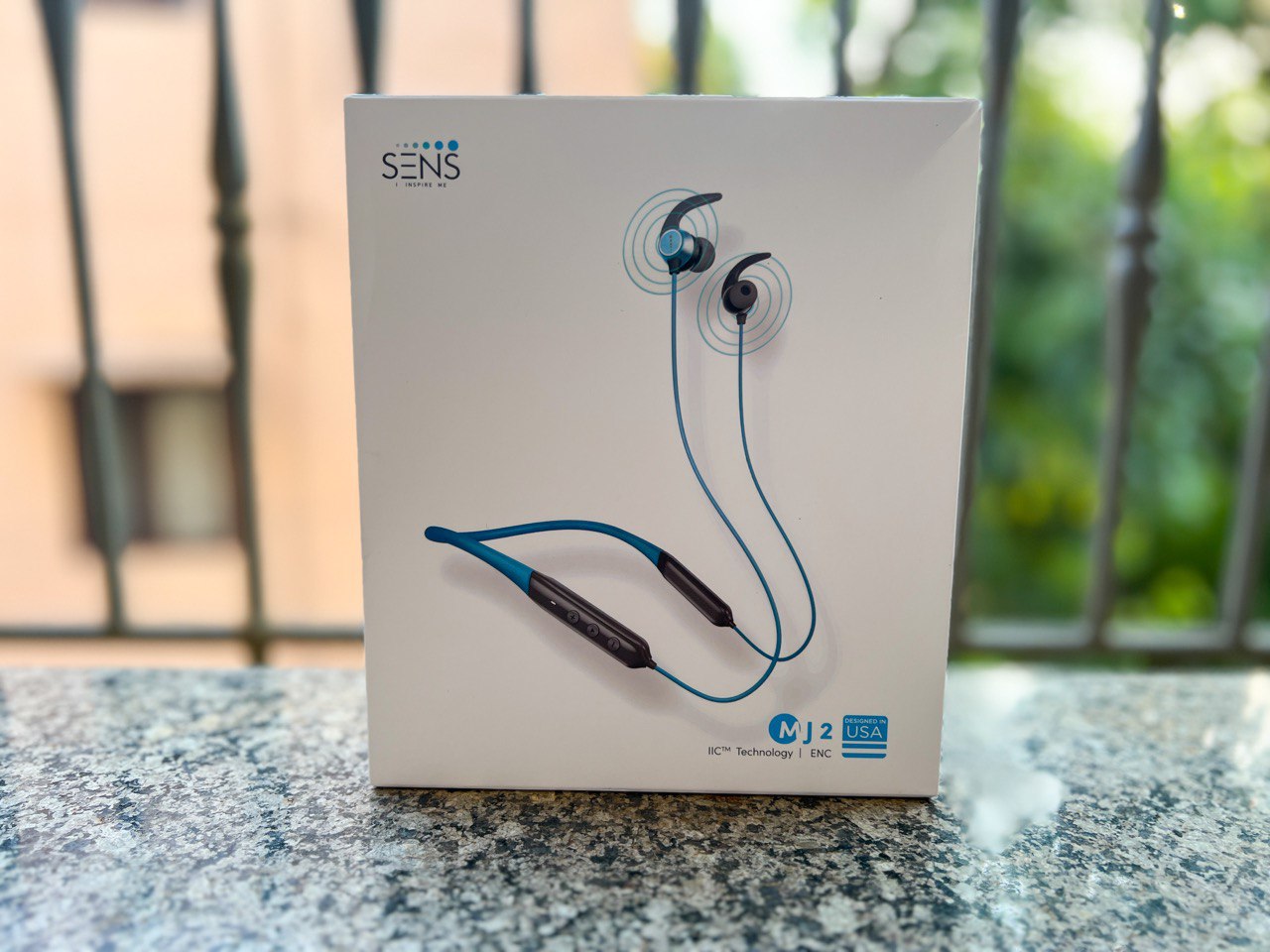 Every brand follows a cycle of 1 flagship device a year. Many devices fail like the Galaxy Note 7 and LG G5, and some devices like Galaxy S7 Edge outperform all other flagship devices. The aim of all manufacturers is to provide top notch specs, best possible camera and best materials to build that flagship smartphone. But these devices are not cheap, as performance and premium build quality comes at a price.
Every brand follows a cycle of 1 flagship device a year. Many devices fail like the Galaxy Note 7 and LG G5, and some devices like Galaxy S7 Edge outperform all other flagship devices. The aim of all manufacturers is to provide top notch specs, best possible camera and best materials to build that flagship smartphone. But these devices are not cheap, as performance and premium build quality comes at a price.
Here’s a list a top 5 flagship smartphones in no particular order that are all about performance and these devices are the best a brand can offer.
Samsung Galaxy S7 Edge
 The second you pick up the Samsung Galaxy S7 Edge, you know you’re holding a premium phone. The Galaxy S7 Edge is the most beautiful phone of the year having an all glass front and back. The dual edge display and an impressive camera are the key selling points of this device. Samsung has brought back some fan favourite features from the Galaxy S5, like the microSD slot ann IP68 rating for water-resistance. The Super AMOLED quad-HD display would help make VR even better with the Gear VR headset. The Galaxy S7 / S7 Edge has the best low-light performance, something most phones really suffer with. The rear-facing camera of S7 features a Samsung Britecell sensor only 1/2.6 in in size, a 1.4 µm pixel size, 26mm lens and an f/1.7 aperture. The new Dual Pixels tech helps the auto-focus work fantastically well. So if photography is your priority then Galaxy S7 Edge should be your pick.
The second you pick up the Samsung Galaxy S7 Edge, you know you’re holding a premium phone. The Galaxy S7 Edge is the most beautiful phone of the year having an all glass front and back. The dual edge display and an impressive camera are the key selling points of this device. Samsung has brought back some fan favourite features from the Galaxy S5, like the microSD slot ann IP68 rating for water-resistance. The Super AMOLED quad-HD display would help make VR even better with the Gear VR headset. The Galaxy S7 / S7 Edge has the best low-light performance, something most phones really suffer with. The rear-facing camera of S7 features a Samsung Britecell sensor only 1/2.6 in in size, a 1.4 µm pixel size, 26mm lens and an f/1.7 aperture. The new Dual Pixels tech helps the auto-focus work fantastically well. So if photography is your priority then Galaxy S7 Edge should be your pick.
Google Pixel XL
![]() Google Pixel is all about software experience with high-end hardware coupled with AI. The now extinct Nexus devices used to be all about great hardware at a budget price, but that phenomenon is long gone. The Google Nexus lineup has always been let down by its camera. But that notion is gone along with the Nexus lineup. The Google Pixel has an overall DxOMark Mobile score of 89 which is the highest-rated smartphone camera. The rear camera has a 12.3Mp Sony IMX377 sensor with 1.55um pixels and f/2 lens. The Google Pixel is not flashy in any way and almost everyone hates the way it looks but the goodness comes when you turn on the display. The biggest selling point for the Pixel is Google Assistant, Google’s new AI-based voice assistant that offers some incredible features. Of course, it’s not all perfect but it should get better with time.
Google Pixel is all about software experience with high-end hardware coupled with AI. The now extinct Nexus devices used to be all about great hardware at a budget price, but that phenomenon is long gone. The Google Nexus lineup has always been let down by its camera. But that notion is gone along with the Nexus lineup. The Google Pixel has an overall DxOMark Mobile score of 89 which is the highest-rated smartphone camera. The rear camera has a 12.3Mp Sony IMX377 sensor with 1.55um pixels and f/2 lens. The Google Pixel is not flashy in any way and almost everyone hates the way it looks but the goodness comes when you turn on the display. The biggest selling point for the Pixel is Google Assistant, Google’s new AI-based voice assistant that offers some incredible features. Of course, it’s not all perfect but it should get better with time.
Overall if you’re in the market for a new flagship Android phone and love the pure Android experience, and don’t mind spending over 800$ or INR 56,000, you should buy the Pixel or Pixel XL. Google Pixel is basically the closest you’ll ever come to an iPhone running Android.
Moto Z
 The Lenovo Moto Z is a slab of glass with sharp edges that makes the device uncomfortable to hold without any case. The Moto Z is the world’s thinnest phone at 5.19mm (another meaningless marketing gimmick). But that’s not the real selling point of this device, the real magic happens at the back of the device. Motorola took some serious step towards modularity of smartphones by launching the Moto Mods. These are snap on accessories that stick to the back of the Moto Z and embed a new life in the smartphone. 16 gold pin connectors at the back of the Moto Z and the Moto Z Play are key factors in enabling the new Moto Mods ecosystem. So if you were disheartened with the end of Project Ara then Moto Z and Moto Mods ecosystem can give you a taste of modular smartphone.
The Lenovo Moto Z is a slab of glass with sharp edges that makes the device uncomfortable to hold without any case. The Moto Z is the world’s thinnest phone at 5.19mm (another meaningless marketing gimmick). But that’s not the real selling point of this device, the real magic happens at the back of the device. Motorola took some serious step towards modularity of smartphones by launching the Moto Mods. These are snap on accessories that stick to the back of the Moto Z and embed a new life in the smartphone. 16 gold pin connectors at the back of the Moto Z and the Moto Z Play are key factors in enabling the new Moto Mods ecosystem. So if you were disheartened with the end of Project Ara then Moto Z and Moto Mods ecosystem can give you a taste of modular smartphone.
iPhone 7 Plus
 Back in 2014 when Apple made their first large phone, it was all about a large screen and big battery, but this year Apple iPhone 7 Plus is all about camera. The iPhone 7 Plus bears two rear cameras – one wide-angle, one telephoto that can zoom in at 2x or even further digitally. Under the hood the Apple iPhone 7 Plus has an A10 Fusion chipset, 3 GB RAM and is available with 32, 128 and 256 GB storage options. Unless you’re particularly in love with big screens or the very latest in camera features, the iPhone 7 may be a better option.
Back in 2014 when Apple made their first large phone, it was all about a large screen and big battery, but this year Apple iPhone 7 Plus is all about camera. The iPhone 7 Plus bears two rear cameras – one wide-angle, one telephoto that can zoom in at 2x or even further digitally. Under the hood the Apple iPhone 7 Plus has an A10 Fusion chipset, 3 GB RAM and is available with 32, 128 and 256 GB storage options. Unless you’re particularly in love with big screens or the very latest in camera features, the iPhone 7 may be a better option.
LG V20
 The LG V20 looks like a perfect smartphone on paper as it offers a removable battery, four DACs, multiple wide-angle camera lenses, two screens and expandable storage. The V20 boasts a military-grade build and is made up of a removable aluminum back panel. One out of two displays is a 5.7-inch QHD display and a smaller 2.1-inch second screen stretches the total display to 5.9-inches. The main rear camera shoots at 16MP, with an aperture of F1.8 combined with an 8MP sensor with an aperture of F2.4 that is dedicated to shooting 135-degree wide-angle images. The device is equipped with three microphones and four digital-to-analog converters that enables the phone to record much clearer and accurate 24-bit sound compared to the standard 16-bit. So if you are looking for a device with one of the best audio experience ever in an Android smartphone then LG V20 is the device to go for.
The LG V20 looks like a perfect smartphone on paper as it offers a removable battery, four DACs, multiple wide-angle camera lenses, two screens and expandable storage. The V20 boasts a military-grade build and is made up of a removable aluminum back panel. One out of two displays is a 5.7-inch QHD display and a smaller 2.1-inch second screen stretches the total display to 5.9-inches. The main rear camera shoots at 16MP, with an aperture of F1.8 combined with an 8MP sensor with an aperture of F2.4 that is dedicated to shooting 135-degree wide-angle images. The device is equipped with three microphones and four digital-to-analog converters that enables the phone to record much clearer and accurate 24-bit sound compared to the standard 16-bit. So if you are looking for a device with one of the best audio experience ever in an Android smartphone then LG V20 is the device to go for.
Honourable Mention: Huawei P9
 Huawei P9 is a device that is equipped to do some serious photography. The Huawei P9’s most interesting component is its dual-camera setup at the back which was designed in collaboration with Leica. The P9 uses a pair of 12-megapixel camera sensors sitting side-by-side, with one of them being a normal RGB sensor and the other being a monochrome one. This camera system produces above average results that exhibit some pleasing post-processing. The P9 does a fair job in getting the specs right with 3GB of RAM and an eight-core processor. The only issues with the device being the 3000mAh battery and unusual hiccups and freezes in the EMUI (which we hope could be fixed in future updates)
Huawei P9 is a device that is equipped to do some serious photography. The Huawei P9’s most interesting component is its dual-camera setup at the back which was designed in collaboration with Leica. The P9 uses a pair of 12-megapixel camera sensors sitting side-by-side, with one of them being a normal RGB sensor and the other being a monochrome one. This camera system produces above average results that exhibit some pleasing post-processing. The P9 does a fair job in getting the specs right with 3GB of RAM and an eight-core processor. The only issues with the device being the 3000mAh battery and unusual hiccups and freezes in the EMUI (which we hope could be fixed in future updates)









